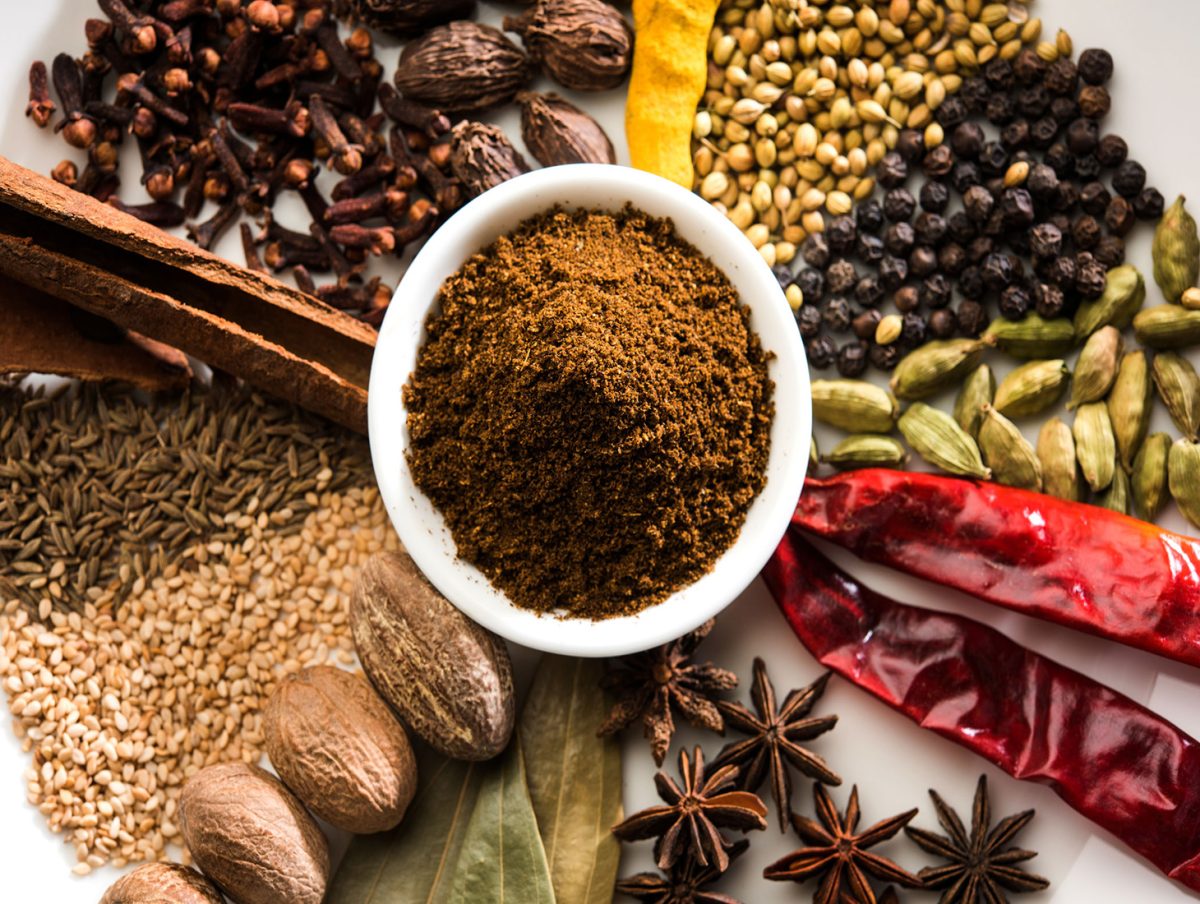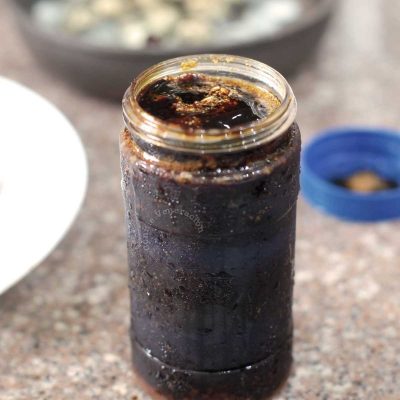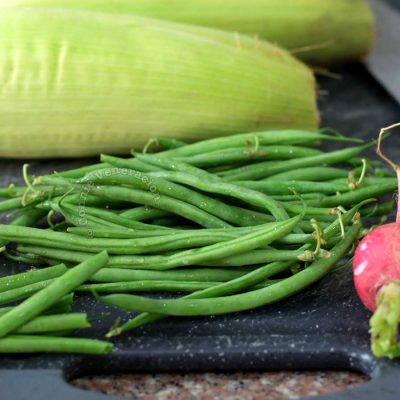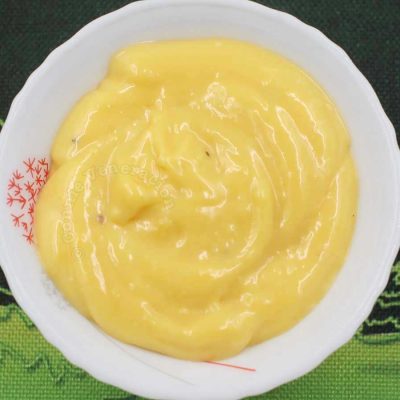Cumin, coriander, cloves, peppercorns, bay leaves, cinnamon, star anise, cardamom, chili, turmeric and nutmeg are some of the common ingredients although not all of these are always used together at the same time. On the other hand, additional spices, or even herbs, are sometimes added. It always depends on what dish you want to add garam masala in.
What does garam masala taste and smell like?
Oh, it’s complex. Given the number of spices in it, there is no singular adjective to describe how it tastes much less how it smells.
What is important to note is that just because it is a South Asian ingredient doesn’t necessarily mean it will add tons of heat to the cooked dish in which it is added. Spicy, after all, is not the equivalent of hot. Confused? Let me explain.
The use of the word spicy to mean hot is something that originated in American English usage. In North America, the most prevalent spices are pepper and chili, and both are hot. So, spicy and hot become synonymous. In fact, the association had led to chilies being referred to as chili pepper even though chili and pepper come from different plants.
Just so it’s clear: garam masala is spicy but not hot although it might have traces of heat IF chili is among the ingredients.
Store-bought versus homemade garam masala
You can buy ready to use garam masala in powder form. We used to do that. The problem with powdered spice and spice blends is that the shelf life is short. Once ground, spices lose their potency fast. Since garam masala is used rather sparingly, if you buy a packet, you had better use the contents within a week or two. After that, you won’t get optimum results.
So, at home, we make our own garam masala. Well, my daughter does. She keeps a supply of dried whole spices, takes what she needs for a dish and grinds the spices as needed. For instance, when her father cooked Indian-style fried spicy eggplants, she ground the spices for the garam masala just a mere few minutes before her father mixed the spice paste.
Homemade garam masala
Making garam masala from dried spices is not a complicated process. You just need the correct spices, a frying pan to toast them in, and a mortar and pestle. The Japanese mortar and pestle (the mortar is suribachi; the wooden pestle is surikogi) makes the job even easier. Of course, you can always resort to a mini-food processor.
If you decide to make your own garam masala, know that there is no universal formula for the spice blend. Some mixtures contain more spices than others and the ratio of the ingredients can vary. Yes, it can be confusing and even daunting. On the flipside, you can customize your garam masala. Less heat? More earthiness? You have total control.
Garam masala
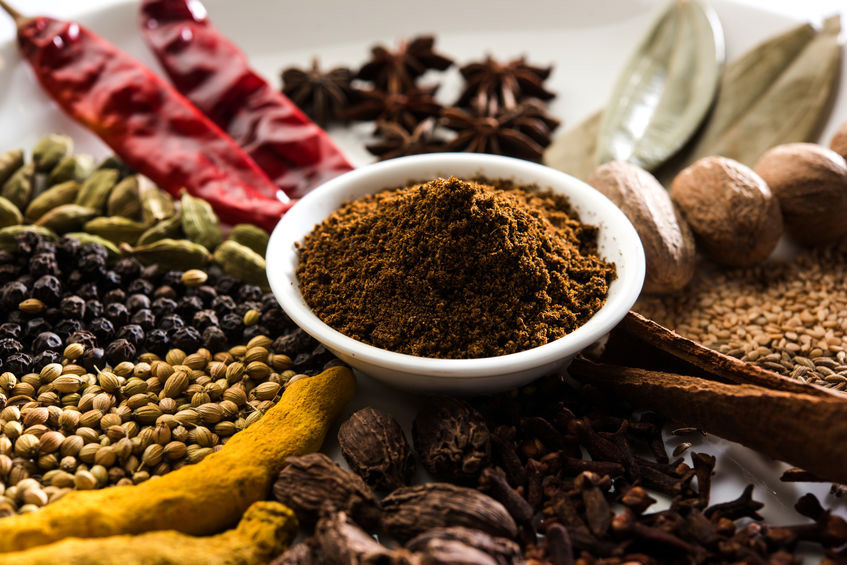
Ingredients
- 1 tablespoon cumin seeds
- 1 tablespoon coriander seeds
- 1 tablespoon cardamom seeds
- 1 tablespoon peppercorns black or white, or a combination
- 1 half-inch stick cinnamon broken into small pieces
- 1 dried chili optional
- ½ teaspoon whole cloves
- 1 bay leaf
- ¼ teaspoon grated nutmeg
Instructions
- Place all the ingredients, except the bay leaf and nutmeg, in a thick-bottomed skillet.
- Over medium-low heat, toast the spices, tossing often, until they turn twice (or even thrice) as dark as their original colors (see notes after the recipe).
- Cool the toasted spices.
- Grind the toasted spices and bay leaf using a mortar and pestle, or a mini-food processor. How fine or coarse the grind should be depends entirely on how you intend to use the garam masala.
- Stir in the grated nutmeg.
- The garam masala is ready to use.

